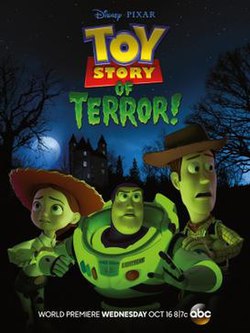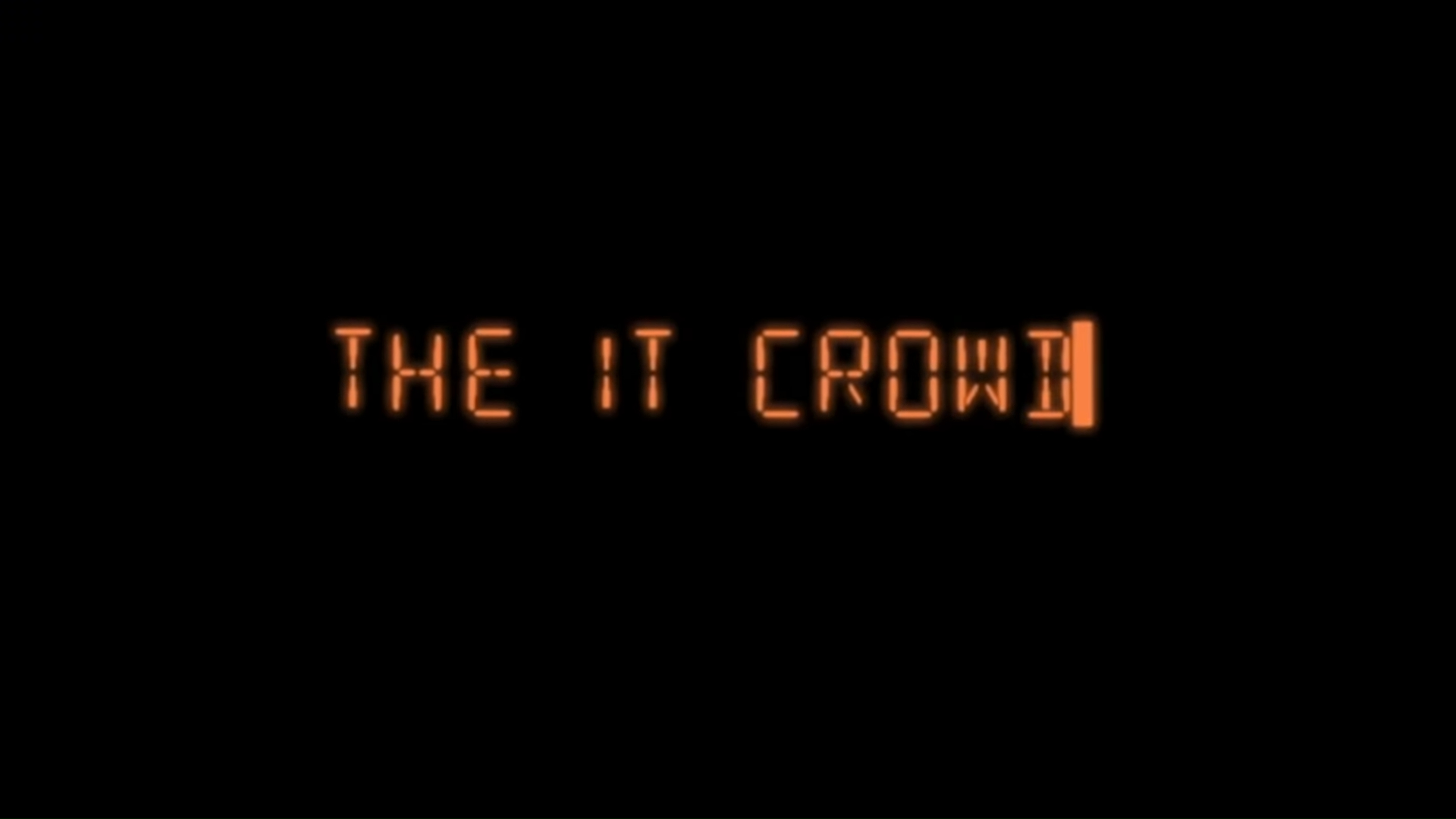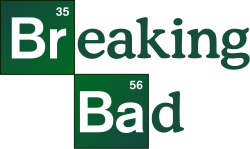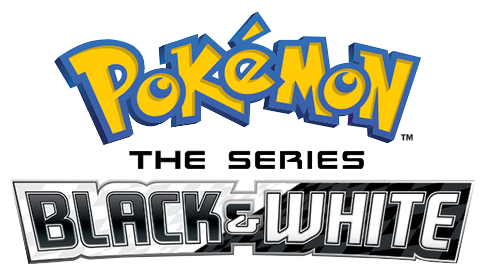
American miniseries Civil War 360 is a three-part documentary on the American Civil War by the Smithsonian Channel. The series provides a wider overview of the conflict, with episode 1 (hosted by Ashley Judd) exploring the Union, episode 2 (hosted by Trace Adkins) exploring the Confederacy, and episode 3 (hosted by Dennis Haysbert) considering what the conflict meant for African-Americans (slaves and free-folk alike).
PROS
- As well as providing an overview of their specific subject-matters’ experiences during the Civil War itself, each episode also provides a historical context of what led to them being where they were when the war commenced, and a brief epilogue that explored the post-war repercussions for them, which were in some cases complicated by President Lincoln’s assassination – a well-rounded approach indeed.
- A striking amount of nuance that does not treat the subject-matters as black-and-white, which is especially notable in the Confederacy episode, which explores how many (including Robert E. Lee) fought on that side primarily out of a sense of loyalty to their home States, and how their sense of duty became increasingly begrudging as the war progressed. Both the Confederacy and Union episodes also explore the civilian suffering in those respective States, bringing a greater sense of the poignancy and humanity of it all.
- A variety of historians bring very interesting expertise to the series and explain their insights in an accessible manner, whilst a plethora of fascinating historical artefacts are shown which bring real nuance and humanity to one of history’s most significant conflicts.
- Three excellent and engaging hosts, each of whom have a connection to the niche focus of their episode via their ancestry, and all of whom are clearly fascinated by the Civil War’s history and therefore interact very well with the experts whom they discuss things with and the artefacts that they examine.
CONS
- The episodes are occasionally disjointed, particularly when transitioning from the host addressing the camera or experts explaining something to the re-enactments of historical moments (which inevitably feature bad acting).
- Given how much is explored/covered in each episode, the episodes do feel constrained (and at times rushed) by an hour’s runtime each.
VERDICT: 8/10




